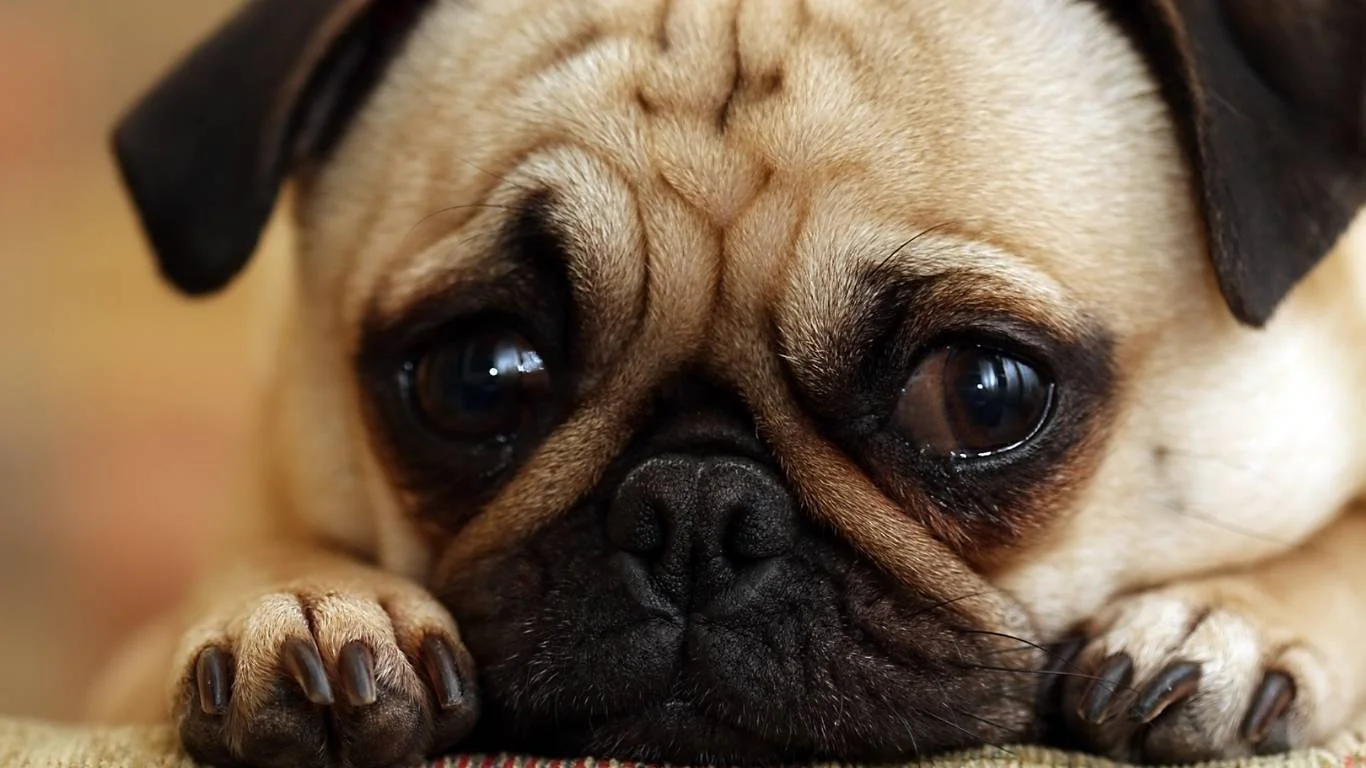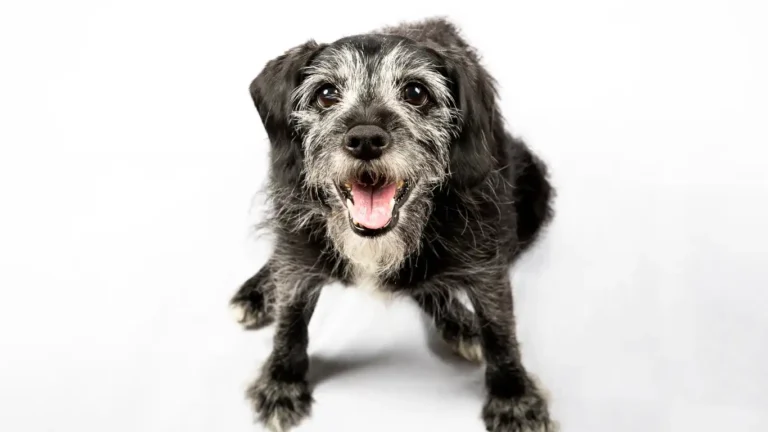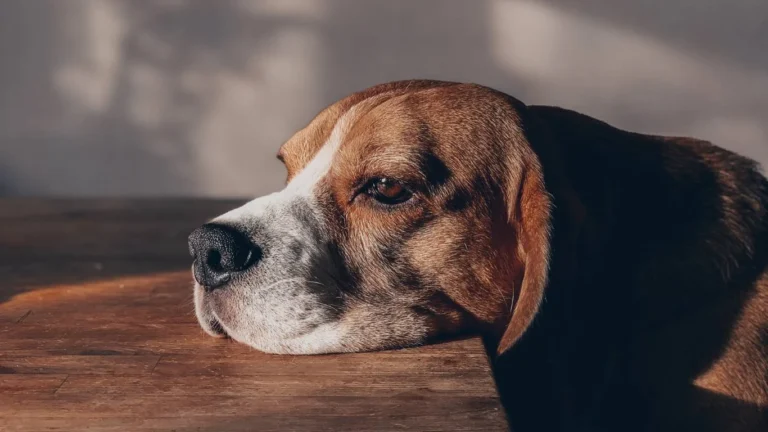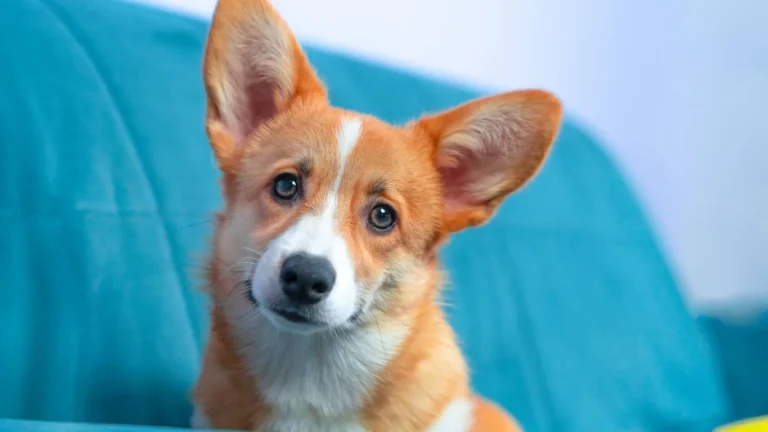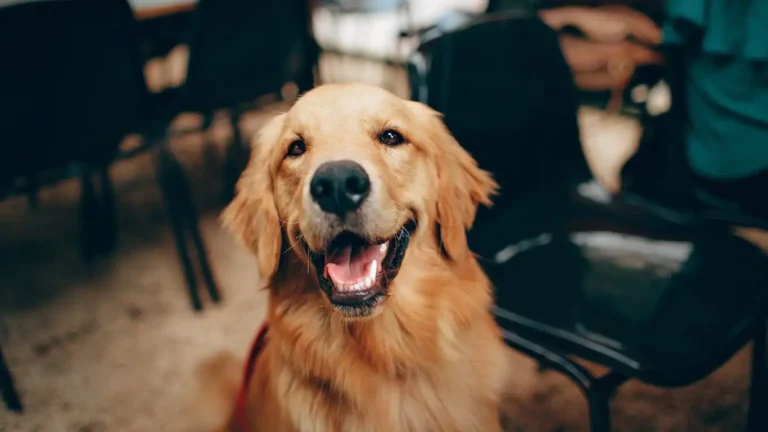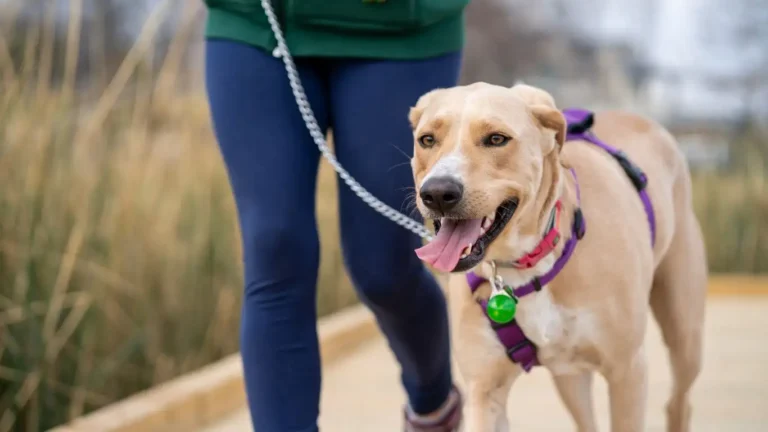What to Do If Your Dog Is Obsessed with Licking Their Paws: Expert Tips
It can be pretty frustrating—and honestly a little concerning—when your dog just won’t stop licking their paws. I’ve seen it countless times in the clinic, and as a Veterinary Assistant with a focus on nutrition, I totally get the stress it can bring. You start wondering: Is it allergies? Boredom? Something more serious? If you’ve been Googling what to do if your dog is obsessed with licking their paws, you’re definitely not alone—and you’ve landed in the right spot. Let’s break it all down together and get your pup (and your peace of mind) back on track.
Common Reasons Dogs Lick Their Paws (And Why It’s Not Always Bad)
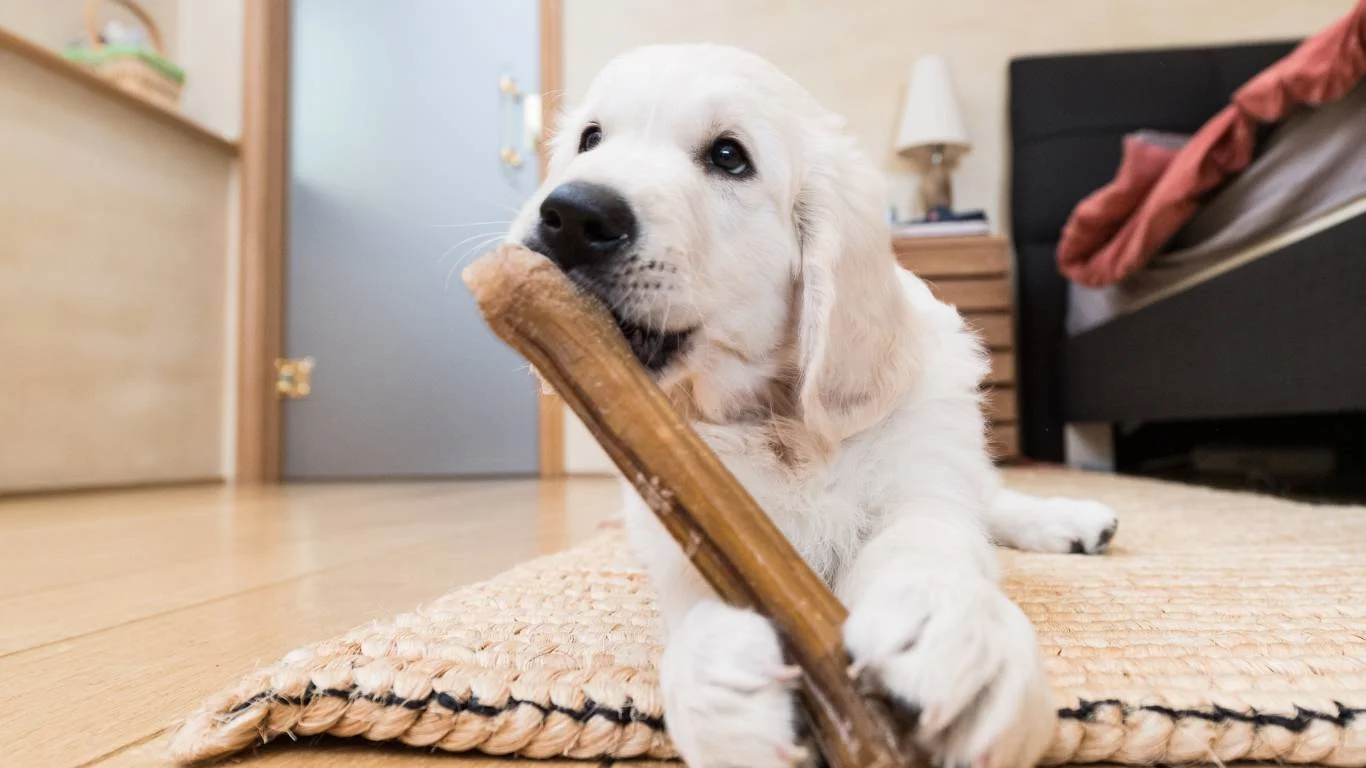
Normal Grooming Behavior
Okay, first things first. Dogs do lick their paws as part of normal grooming. Just like cats, some dogs are naturally more meticulous than others. If it’s just a quick once-over after a walk, especially if they stepped on something weird like sticky grass or a muddy patch, it’s probably nothing to panic over.
Environmental Allergies (a.k.a. The Seasonal Struggle)
This one’s super common. I can’t even count how many pet parents I’ve helped with dogs who start obsessively licking once spring rolls around. If you notice red, itchy paws—especially in the spring or fall—it could be seasonal allergies. Things like pollen, mold, and grass can irritate their skin, especially between the toes. A lot of pups react just like we do with hay fever, but their version is itchy feet instead of sneezing fits.
Food Sensitivities
Here’s where my nutrition background really comes into play. Believe it or not, food sensitivities can totally trigger excessive paw licking. I once had a client with a French Bulldog who licked her paws raw—turns out, it was chicken in her food causing the reaction. Once we switched her to a limited ingredient diet, the licking stopped within weeks. So yes, diet matters big time.
How to Know When It’s a Problem
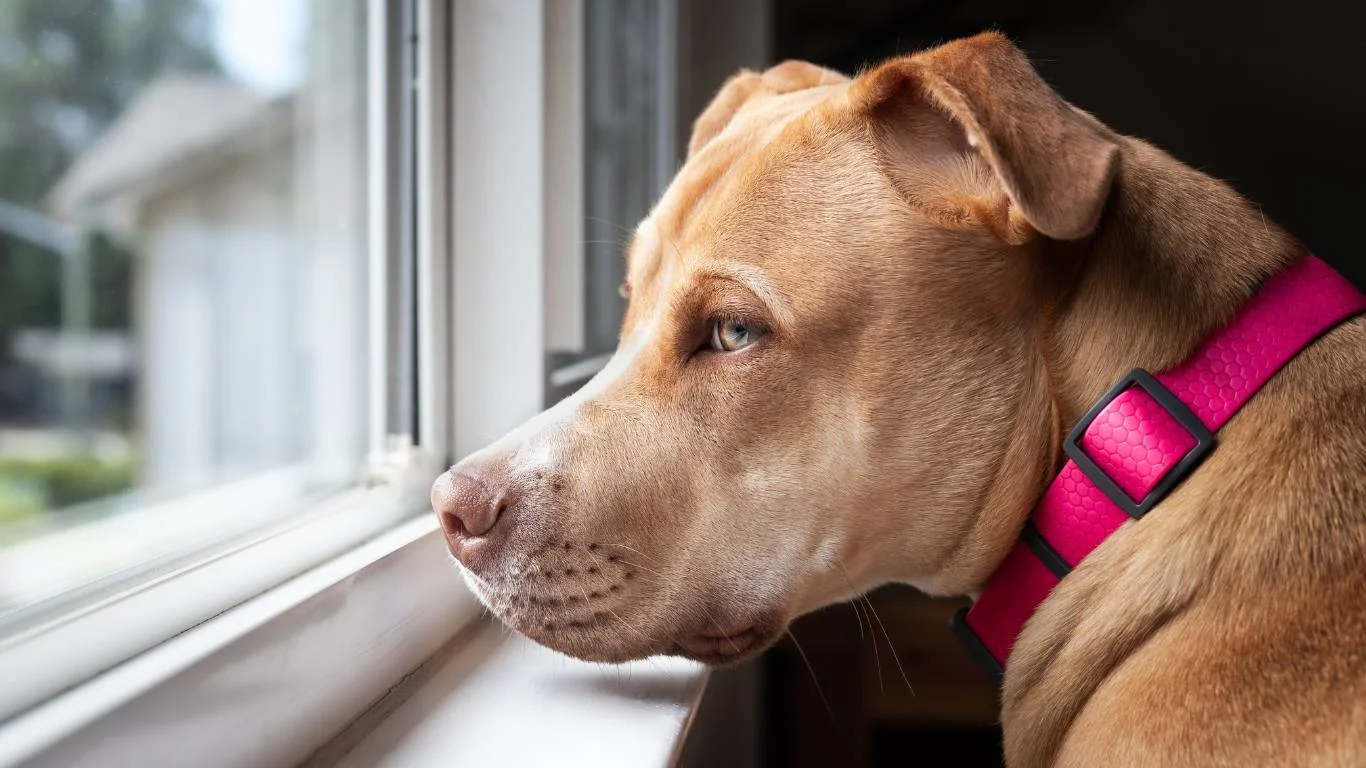
When Licking Turns Obsessive
There’s a big difference between casual grooming and licking that just doesn’t stop. If your dog is licking to the point of redness, staining the fur (usually a rusty brown color from the saliva), or creating hot spots, that’s a red flag. That’s when you want to dig a little deeper—literally and figuratively.
Signs It’s Time to Call the Vet
- Constant licking that doesn’t stop with distraction
- Visible sores, swelling, or bleeding
- Limping or favoring one paw
- A foul smell coming from the paws
- Chewing or biting at the paw pads
Trust your gut here. If something feels off, it probably is. Even mild cases can escalate if left untreated. I’ve seen mild irritation turn into full-blown infections just because it was shrugged off for a few weeks. Don’t wait.
The Role of Diet and Supplements
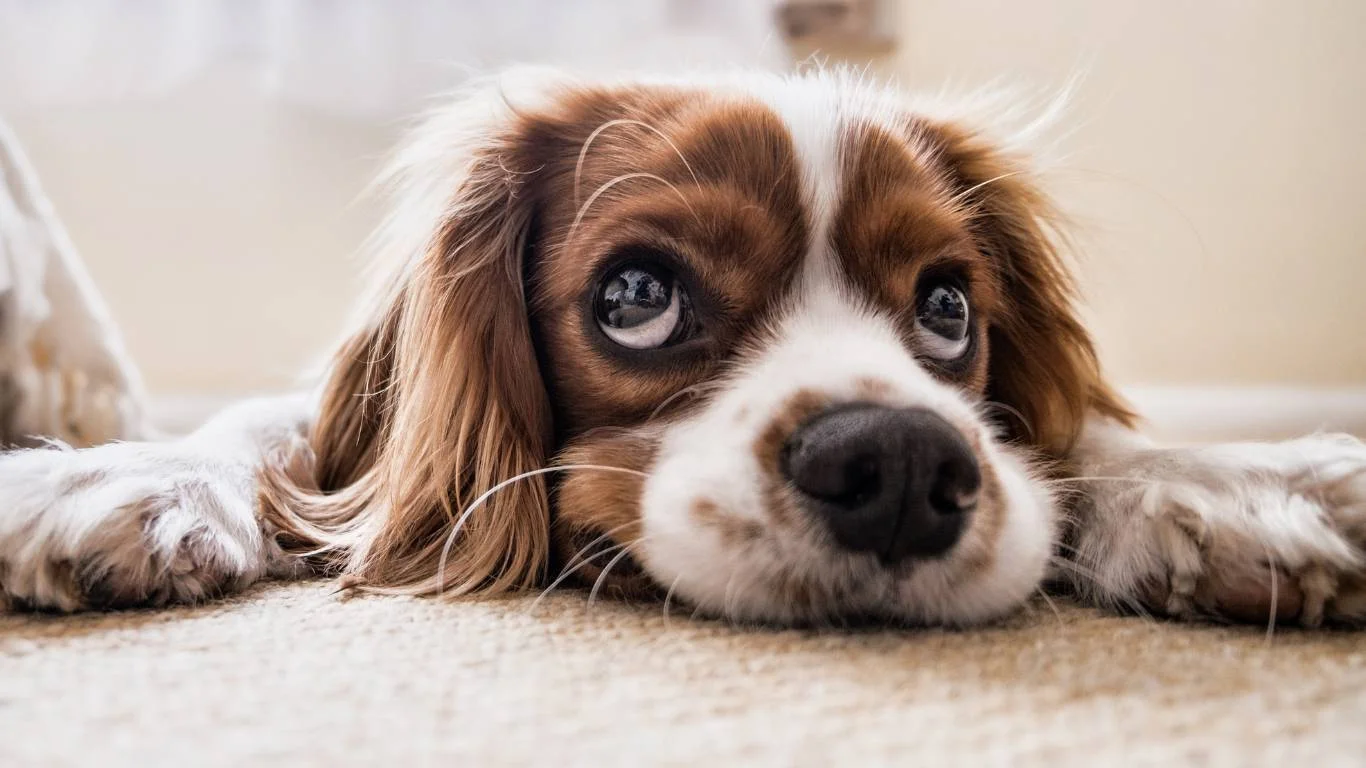
Switching to a Hypoallergenic Diet
If you suspect food is the culprit, it might be worth chatting with your vet about a hypoallergenic or limited ingredient diet. I’ve helped clients make this transition, and while it takes a bit of trial and error, the results can be dramatic. You’ll want to avoid common allergens like chicken, beef, dairy, and wheat initially.
Omega-3s and Other Skin-Supporting Supplements
Adding omega-3 fatty acids (like fish oil) can do wonders for inflamed skin. They help soothe irritation and support the skin’s natural barrier. I usually recommend starting with a vet-approved product and giving it a solid 4–6 weeks to see improvements. Also worth considering: probiotics, biotin, and even turmeric supplements for inflammation support.
Behavioral Causes of Paw Licking: When It’s More Than Just Skin Deep

Stress and Anxiety: The Invisible Triggers
Sometimes, paw licking isn’t about allergies or infections at all. It’s a way dogs cope with stress or anxiety. From my experience working with anxious pups, licking can act like a soothing ritual—kind of like when we twirl our hair or bite our nails when nervous. Changes in their environment, loud noises, new people, or even boredom can trigger this behavior. If you’ve noticed your dog licking more during thunderstorms, fireworks, or when left alone, anxiety might be the sneaky culprit.
How to Spot If Your Dog’s Licking Is Anxiety-Driven
Aside from the licking itself, look for other signs of stress like pacing, whining, destructive chewing, or clinginess. These behaviors often come in clusters. I’ve seen dogs who lick their paws raw during periods of big change—like moving homes or when a new pet joins the family. When this happens, addressing the emotional side of things can be just as important as treating the physical symptoms.
Practical Steps to Help Your Dog Stop Obsessive Paw Licking
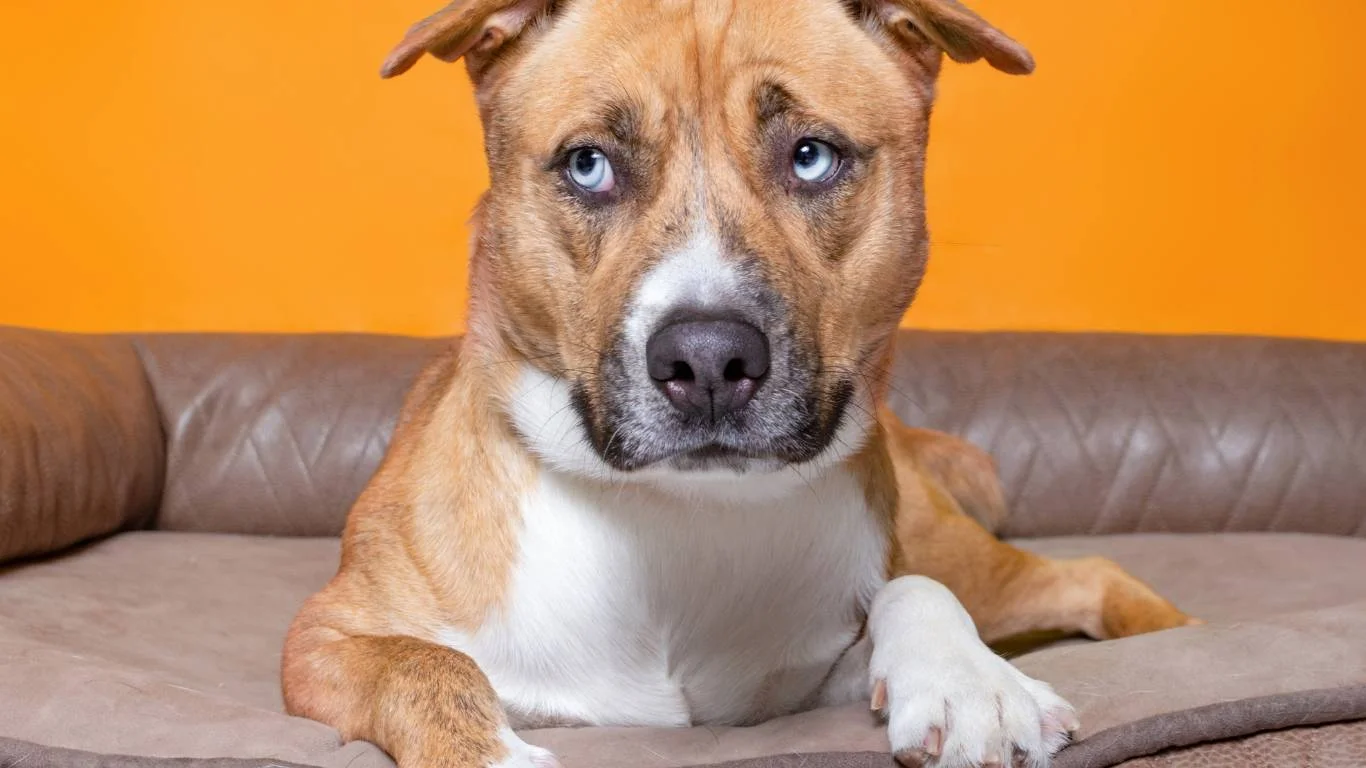
Keep Paws Clean and Dry
One of the first and easiest things you can do is make sure your dog’s paws are clean after walks, especially if they’ve been on grass, dirt, or salted roads in winter. Dirt and moisture can irritate the skin and invite infections. After a walk, I usually wipe down my patients’ paws with a damp cloth or pet-safe wipe, then dry thoroughly. This simple step can reduce irritation and discourage licking.
Use Protective Gear When Needed
If your dog’s licking is getting intense, protective booties or socks can be a lifesaver. They not only protect the paws from harsh surfaces but also prevent your dog from licking the irritated spots. In the clinic, I’ve seen some dogs get surprisingly comfortable wearing booties once they realize the relief it brings. Just be sure to introduce them gradually and with lots of positive reinforcement.
Distract and Redirect
Sometimes, all it takes is to break the licking cycle with some distraction. When you catch your dog starting to obsessively lick, try redirecting their attention to a favorite toy, a training session, or a quick walk. This isn’t a cure-all, but it’s a handy trick I often recommend to clients dealing with boredom-related licking.
When to Seek Professional Help

Veterinary Evaluation for Persistent or Severe Cases
If your dog’s paw licking doesn’t improve despite your best efforts, it’s definitely time to get a professional opinion. Vets can perform thorough skin exams, allergy testing, and even culture any suspicious areas to rule out infections. In some cases, they may prescribe topical treatments, antihistamines, or even short courses of steroids to bring down inflammation.
Behavioral Therapy and Anxiety Management
For anxiety-related licking, vets might suggest behavioral therapy or medications to help your dog feel calmer. I’ve worked alongside behaviorists who use positive reinforcement, desensitization techniques, and environmental enrichment to help dogs manage their stress. This holistic approach can make a huge difference over time.
Follow-Up and Ongoing Monitoring
Whatever route you take, remember that managing obsessive paw licking is often a marathon, not a sprint. Follow-up visits are crucial to ensure treatments are working and to tweak plans as needed. I always encourage pet parents to keep a journal of licking episodes, changes in diet, environment, or routines—that kind of info helps vets tailor the best care.
Long-Term Care and Prevention: Keeping Your Dog’s Paws Happy and Healthy
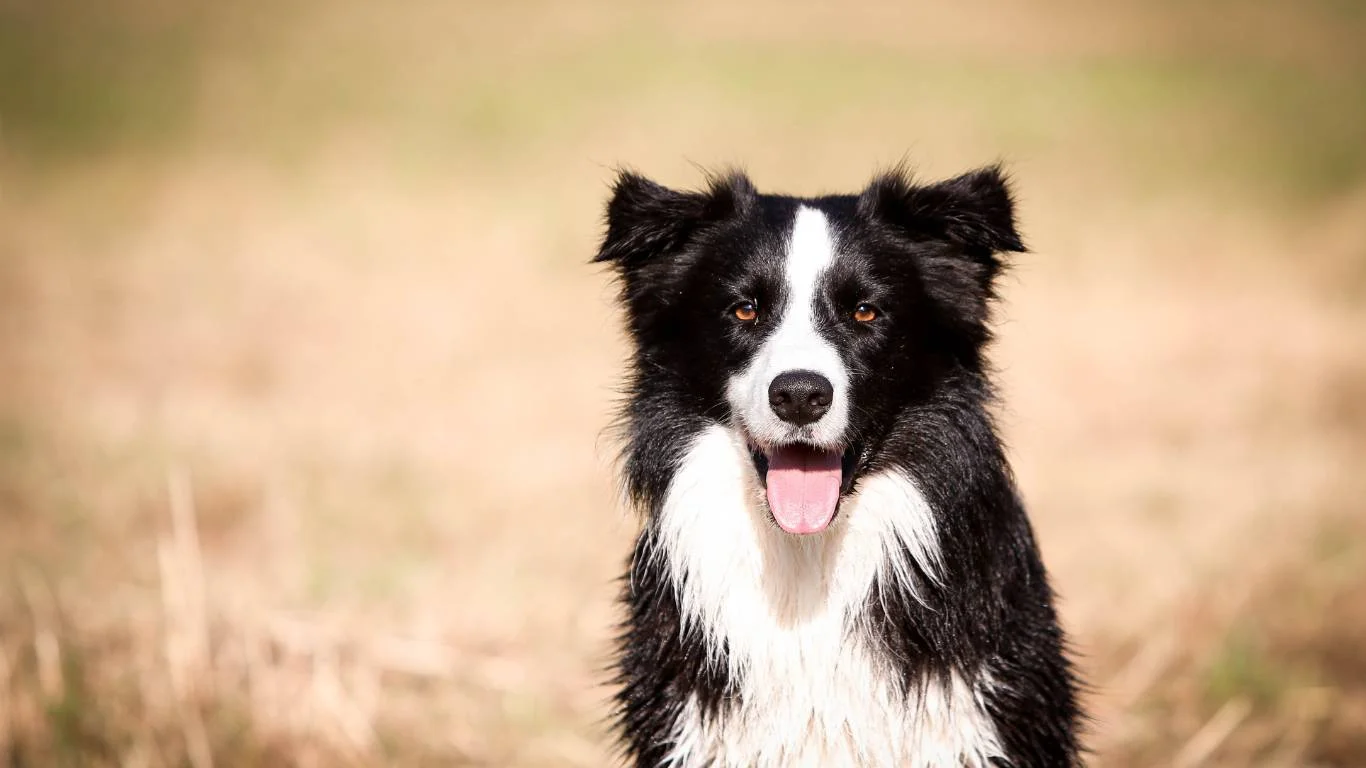
Routine Paw Checks and Care
One of the best ways to prevent your dog from becoming obsessed with licking their paws is simply staying ahead of the problem with regular paw inspections. Whenever you’re winding down after a walk or play session, take a minute to peek between their toes and pads. Look for redness, swelling, cuts, or foreign objects like burrs or small stones. In my time assisting vets, I’ve learned that catching minor irritations early often stops licking before it becomes a serious issue.
Keep Nails Trimmed and Pads Moisturized
Overgrown nails or cracked pads can also make your dog uncomfortable, prompting more licking. I always recommend trimming nails regularly—not too short, but enough to keep them from clicking on hard floors or snagging. And moisturizing? Yes, dogs need that too! Using a pet-safe balm can keep paw pads soft and flexible, which helps prevent cracking and irritation. Avoid human lotions, since some ingredients aren’t safe for dogs.
Maintain a Healthy Lifestyle
Diet, exercise, and mental stimulation all play a role in how your dog feels and behaves. Balanced nutrition supports skin and coat health, while plenty of exercise helps reduce stress and anxiety that might trigger paw licking. When dogs get bored or under-stimulated, licking often fills that gap. So, regular playtime, interactive toys, and even training sessions are not just fun—they’re essential for overall well-being.
When Paw Licking Signals Deeper Medical Issues
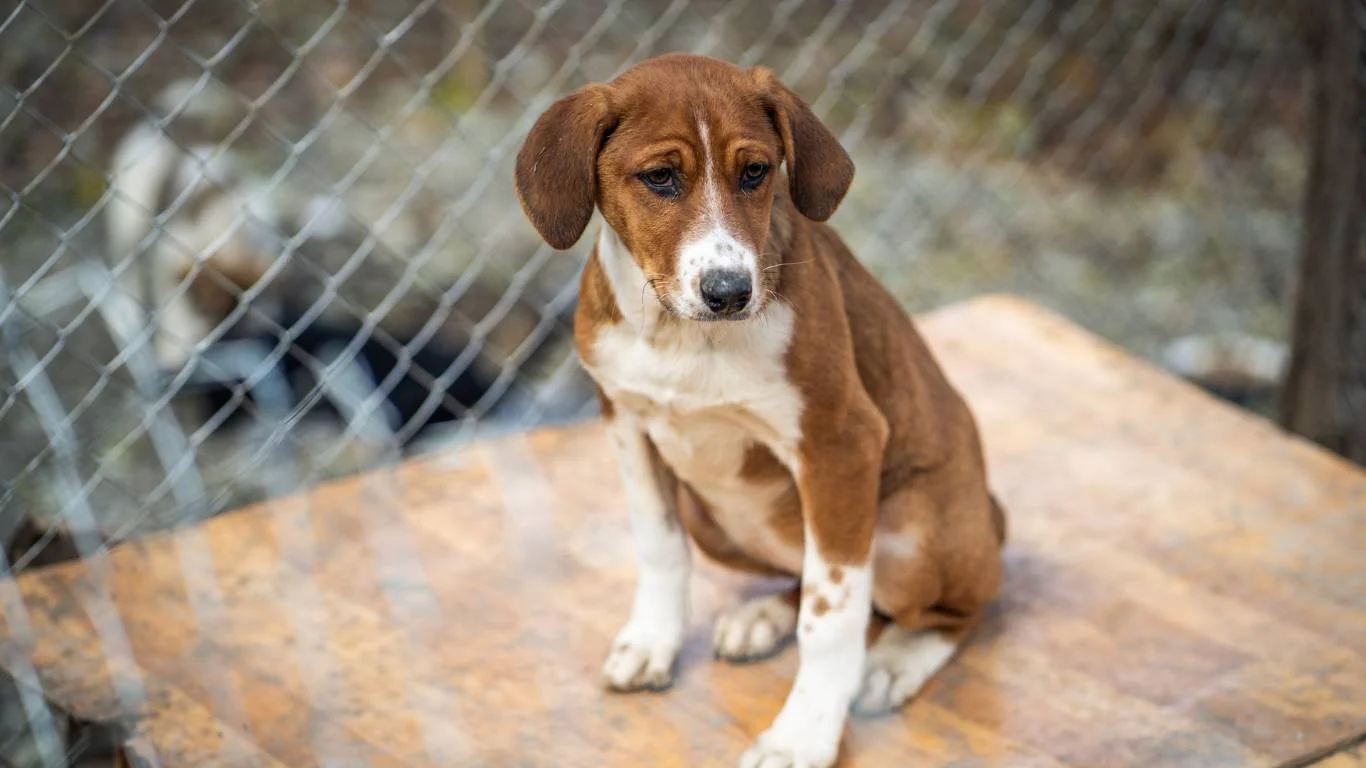
Underlying Infections and Parasites
Sometimes, paw licking is a symptom of infections, either bacterial or fungal. I’ve encountered cases where what started as mild licking turned out to be a yeast infection needing prescription meds. Parasites like mites can also irritate paws, leading to obsessive licking. That’s why if home care doesn’t improve things quickly, a vet visit is a must to rule out these underlying causes.
Chronic Conditions: Arthritis and Neuropathy
In older dogs especially, chronic pain from arthritis or nerve issues can lead to paw licking as a way to soothe discomfort. It might not be obvious that the licking is pain-related, so don’t overlook this if your dog is middle-aged or senior. Managing these conditions often involves medications, supplements, or physical therapy to improve quality of life.
The Importance of Accurate Diagnosis
What I’ve seen through my years in veterinary settings is how crucial an accurate diagnosis is to breaking the licking cycle. Treating symptoms without understanding the root cause can lead to frustration and wasted time. That’s why vets often recommend skin scrapings, allergy tests, or even bloodwork to get a full picture. It’s the only way to tailor a plan that truly helps your dog feel better.
References and Further Reading
- American Animal Hospital Association (AAHA)
- American Veterinary Medical Association (AVMA)
- American Gastroenterological Association
- Veterinary Information Network (VIN)
Disclaimer
This article is for informational purposes only and is not a substitute for professional veterinary advice, diagnosis, or treatment. Always consult your veterinarian regarding any concerns you have about your pet’s health or behavior. The author’s experience as a Veterinary Assistant with a nutrition focus informs this content, but individual cases may vary. Never delay seeking professional care for your pet based on information provided here.
